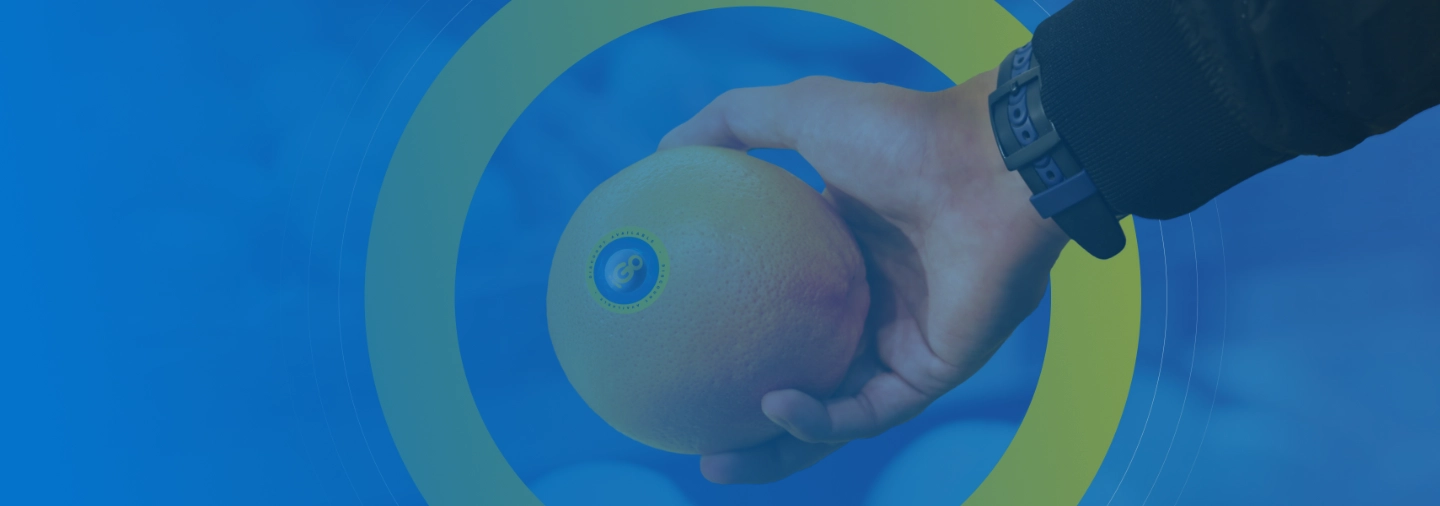In today’s fast-paced and increasingly digital work environment, the health of employees is no longer a peripheral concern, it is now key to the success of any company.
Head of iGo, the Cimas Health Group’s Wellness division, Dr Nicola Misi, explained that as the landscape of work continues to shift, the health and well-being of employees has become central to organisational development.
“Corporate wellness is more than fitness classes or annual check-ups. It is a strategic approach to improving employee health, resilience and productivity. It integrates physical, mental, emotional and even financial well-being into workplace culture,” she noted.
Dr Misi pointed out that this holistic view is gaining traction across Zimbabwe, where companies are beginning to understand that wellness is not a luxury but a necessity.
She added that the shift is especially important in a country where economic pressures, limited healthcare access and changing lifestyles have created new health risks for the working population.
“A decade ago, wellness was not a priority in Zimbabwe. Today it is about preventing chronic illness, managing mental health and designing healthier work environments,” Dr Misi said.
She pointed to the rise of sedentary lifestyles, especially among service and manufacturing sector workers, as a major concern.
“People are sitting or standing in static positions for long periods, which has contributed to increased rates of high blood pressure, Type 2 diabetes and obesity. Now, more than ever, companies are realising that to promote the health of their workforce, wellness must be a priority,” Dr Misi noted.
The data backs up her concerns. According to a 2023 World Health Organisation report, 42% of Zimbabweans aged 30 to 79 suffer from hypertension, a figure that exceeds the global average of 39%.
“Obesity is on the rise too due to our lifestyles, and mental health issues are also on the rise, despite being under recognised and under diagnosed,” Dr Misi said.
Dr Misi explained that stress is one of the most insidious threats to workplace productivity, adding that it impairs memory, reduces focus and clouds judgment.
She noted that stress directly impacts productivity and increases costly mistakes, and it also contributes to absenteeism and high staff turnover.
These effects are not just theoretical, they are being felt in boardrooms, factories and offices across the country, Dr Misi added.
To combat burnout, Dr Misi recommended a multi-pronged approach. She said promoting work-life balance, introducing flexible hours, providing mental health days, recognising achievements and encouraging regular breaks and vacation use are all effective strategies.
She, however, said that these strategies require commitment from leadership, as wellness must be embedded into the company’s DNA.
Dr Misi highlighted that one of the most overlooked contributors to poor health is the sedentary nature of modern work.
“Prolonged sitting is linked to heart disease, obesity and musculoskeletal issues. The World Health Organisation’s findings show sedentary lifestyles significantly increase the risk of premature death, heart disease, cancer and diabetes,” she noted.
“Even simple interventions such as walking meetings, standing desks and encouraging stair use can make a meaningful difference. Fun and engaging activities are a great way to promote healthier habits.”
Dr Misi continued: “Nutrition also plays a critical role in workplace performance. Diets high in refined carbs, caffeine and sugar lead to energy crashes. Offering healthy snacks, hydration, and nutrition education can dramatically improve focus and morale.”
She emphasised that companies should treat nutrition as part of their productivity strategy, not just wellness.
Dr Misi said workplace culture sets the tone for employee health outcomes, as a culture that values wellness empowers employees to prioritise their health, while toxic cultures increase anxiety and promote burnout.
She described psychologically safe workplaces as those where open communication is encouraged, leadership is supportive, and mistakes are treated as learning opportunities.
Dr Misi noted that when employees feel safe, they are more likely to speak up, innovate and engage.
She also highlighted several often-ignored influences on employee performance, including sleep quality, financial stress, nutritional habits, home environments and social relationships.
“Companies must look beyond the office to understand what affects their people. Remote workers, for example, may struggle with isolation or poor ergonomics, which can impact their health and productivity,” Dr Misi added.
She distinguished between absenteeism and presenteeism, two concepts that are often misunderstood.
“Absenteeism is when an employee is physically absent. Presenteeism is when they are present but unwell and underperforming. Presenteeism is harder to detect but more costly in the long run,” she explained.
Remote work, according to Dr Misi, is a double-edged sword. She explained that it offers flexibility and reduces commute stress, but it also increases isolation, poor ergonomics and difficulty unplugging.
“Hybrid and remote teams face unique challenges, including a lack of movement, disconnection from colleagues and uneven access to wellness resources.
“For some, it has promoted good work, life balance, increased time to engage in family activities due to flexibility and has opened up more employment opportunities, but for some, promoted physical inactivity and reduced social skills,” she pointed out.
When it comes to employee engagement, Dr Misi said she believes success depends on leadership buy-in, customisation and clear communication.
“Employees must fully understand the objectives of wellness and must know the personal benefits. Failure often stems from poor follow-through, irrelevance and lack of alignment in terms of the outcomes.
“If employees feel that wellness programmes are a human resource department checklist, they are less likely to engage,” she noted.
“Employers can start with Health Risk Assessments (HRAs) and anonymous surveys that can give insights into the health needs of their employees. Once that is understood, a tailored programme to meet the needs of different age groups, risk levels and life stages can be made.”
Dr Misi continued: “Inclusivity is also essential. Wellness programmes must respect cultural and religious differences, offer accessible venues and virtual options, use inclusive language and provide relevant solutions for all genders and age groups. Equity in wellness means everyone has a fair chance to thrive.”
Looking ahead, Dr Misi said she sees several emerging trends in corporate wellness, including mental health apps, data-driven wellness dashboards, financial wellness programmes and preventative screenings integrated with medical aid.
“Corporate wellness is shifting from one-off events to continuous, holistic support. Companies are beginning to understand that wellness is not episodic, it is ongoing,” she said.
“Employee wellness is not a perk, it is a performance strategy. Human resource leaders have the power to transform organisations through empathy, innovation and a deep understanding of human health.”
Dr Misi said at Cimas iGo, they are there to guide that journey with structured programmes, expert coaching and a deep commitment to employees.





